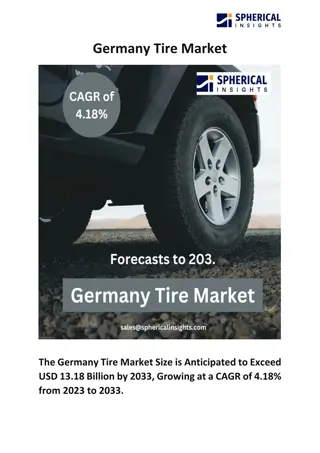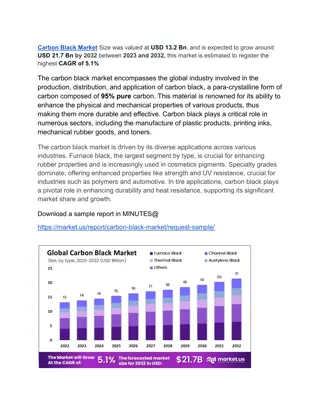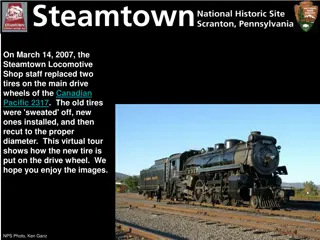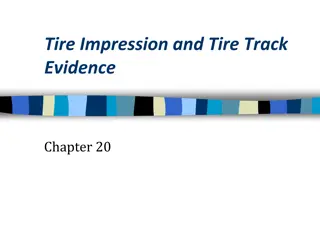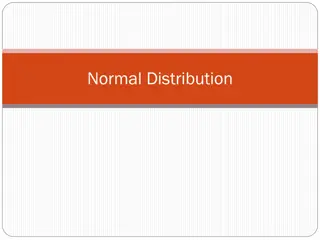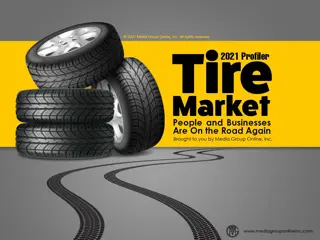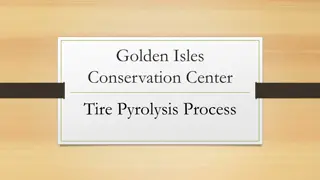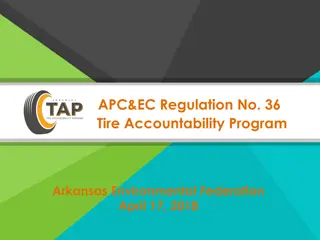
Insights into Tire Industry Trends and Challenges
Discover the latest trends and challenges in the tire industry as tire sales experience fluctuations amidst factors like rising raw material costs, changing consumer behaviors, and supply chain issues. Explore how factors such as driving habits, vehicle inventories, and weather conditions impact the tire market, and learn how tire dealers are navigating pricing and inventory challenges.
Download Presentation

Please find below an Image/Link to download the presentation.
The content on the website is provided AS IS for your information and personal use only. It may not be sold, licensed, or shared on other websites without obtaining consent from the author. If you encounter any issues during the download, it is possible that the publisher has removed the file from their server.
You are allowed to download the files provided on this website for personal or commercial use, subject to the condition that they are used lawfully. All files are the property of their respective owners.
The content on the website is provided AS IS for your information and personal use only. It may not be sold, licensed, or shared on other websites without obtaining consent from the author.
E N D
Presentation Transcript
Tire Sales Hit the Brakes Tire sales are dependent on several factors: the cost to make tires, how much people are driving, the cost of gasoline and the weather. After an 18.5% YOY increase for personal expenditures on tires during 2021 to $39.31 billion, sales have slowed during 2022. According to the US Bureau of Economic Analysis, the SAAR (seasonally adjusted annual rate) for personal tire expenditures increased 8.1% YOY during Q1 2022; however, the increase in SAAR declined to 6.2% YOY for Q2 2022. Further evidence of slowing tire sales is the Q2 2022 SAAR increased by 3.4% from the Q1 2022 SAAR. Comparing the July 2022 SAAR to the previous three months reveals less than a 1.0% increase from June and May and only a 1.4% increase from April.
Inflated Tire Costs Unsurprisingly, the cost of the raw materials to manufacture the average consumer replacement tire has had a major impact on tire sales. The cost of the primary raw materials increased 25.5% YOY during August 2022, although it declined from previous months. Crude oil prices have remained high. The cost of synthetic rubber increased 9.9% YOY during August 2022, although natural rubber prices decreased 9% YOY. Carbon black prices, however, increased 51.6% YOY during August. According to a late-September Modern Tire Dealer article, these various costs for raw materials are expected to increase 26.3% during Q3 2022 at their September levels but would moderate somewhat to a 13.9% YOY increase for all of 2022.
Factors Influencing Tire Consumers Limited car and truck inventories and their much higher prices have caused the average age of all US light vehicles to increase by two months YOY to 12.2 years for 2022. Cars were 13.1 years and light trucks were 11.6 years, according to S&P Global Mobility. Used vehicle sales decreased 9.2% YOY during September 2022, but it was an improvement from July; however, industry analysts state higher interest rates are still limiting sales. Nonetheless, more used cars on the road can equate to more tire sales. The Farmer s Almanac is forecasting snowy conditions in the Northeast and Upper Midwest states, which is likely a major driver of the doubling of all-weather tire sales during the past few years. Many consumers need the extra performance but don t require snow tires.
Dealers Responses to Tire Costs and Supply-Chain Issues According to a 2022 survey of tire dealers by Tire Review, 35% of dealers said tire prices from their suppliers increased by more than 20% during the past 12 months while only 2% of dealers said suppliers prices were the same. Subsequently, tire dealers have had to increase their retail pricing, with 20% of dealers by 20% or more and 71% of dealers by at least 11%. The June 2022 Tire Review survey also found 82% of dealers were experiencing some shortage of inventory. The combination of price increases from suppliers and limited inventory led to 32% of dealers being pessimistic about the future of their businesses.
On the Road Again But Not By Much The more people drive, the sooner they need new tires, but total travel on all US roads and streets only increased 0.7% YOY during August 2022 and decreased 1.6% during June and 3.2% during July, according to data from the US Federal Highway Administration. Travel on urban interstates, other arterial roads and other roads increased by approximately 1.0% YOY during August while travel on rural interstates, other arterial roads and other roads decreased by approximately 0.6% during August. The three states with the largest YOY increases were Rhode Island at 7.3%, Florida at 3.9% and Hawaii at 3.6%. The three states with the largest YOY decreases were New Mexico at 5.9%, Wyoming at 5.3% and the District of Columbia at 4.8%.
Brand Loyalty Is Less Likely to Drive Tire Sales The J.D. Power 2022 U.S. Original Equipment Tire Customer Satisfaction StudySM revealed an unusual result as the high level of satisfaction didn t translate to brand loyalty, which is typically the case. Instead, consumers are more likely to buy on appearance and price. Among luxury tire brands, Michelin was first with a score of 830 (on a 1,000-point scale), Goodyear second at 811, Pirelli third at 807, Continental fourth at 792 and Bridgestone fifth at 788. The average for the category was 808. In the truck/utility category, BFGoodrich was first at 812, followed by Michelin at 807, Firestone at 808, Continental at 797 and Goodyear at 785, which was the only brand of the top five scoring less than the category average of 786.
Advertising Strategies Tire dealers can cross-promote a special offer with a local used car dealer. Customers of either dealership receive a discounted price for a set of four tires when they purchase a used car from the dealership. Promote a special offer of a gasoline gift card for the holidays, targeting people who will be traveling by car to visit family and/or friends and the need for good tires. Tire dealers can also cross-promote with a car wash. Some quantity or value of car washes with a qualifying purchase of tires and a special offer on a set of tires for car wash customers making a qualifying purchase.
New Media Strategies Research has shown retailers who are transparent with their customers about inventory and supply-chain challenges are viewed positively and build brand loyalty. Tire dealers can post regular updates on social media about available inventory and any wait times. Tire dealers and their employees can create funny videos or other content as social media posts about the advance of winter. Conduct a contest for the first day of official snow. Share facts about the dangers of icy roads, etc. To generate interest in all-weather tires, dealers can create short videos or other content to post on social media, explaining the safety features of all-weather tires and why they are a good alternative to buying snow tires.


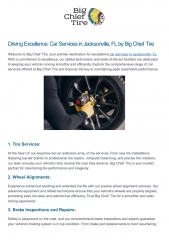
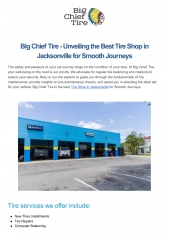
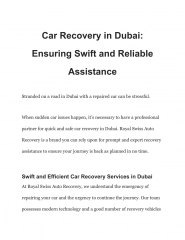
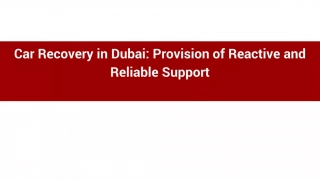
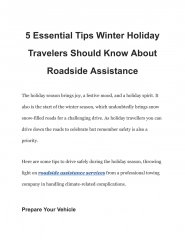
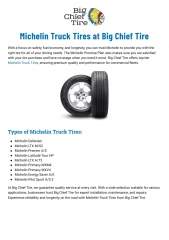
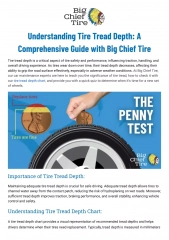


![Tire Recycling Market Size, Share & Trends [2032 Report]](/thumb/109036/tire-recycling-market-size-share-trends-2032-report.jpg)
